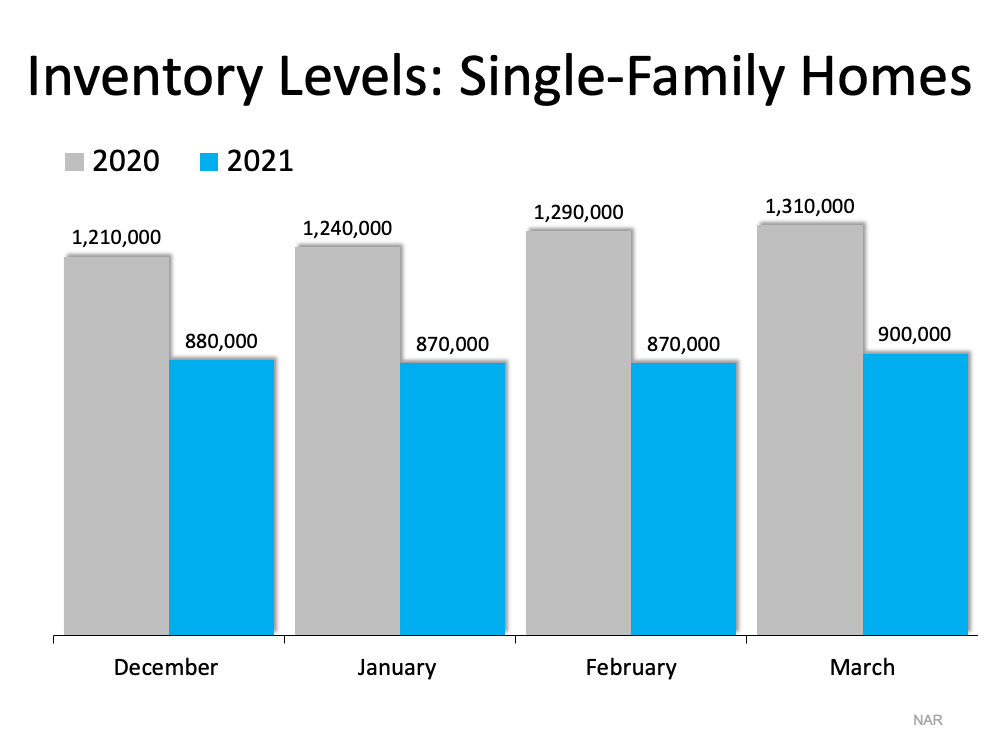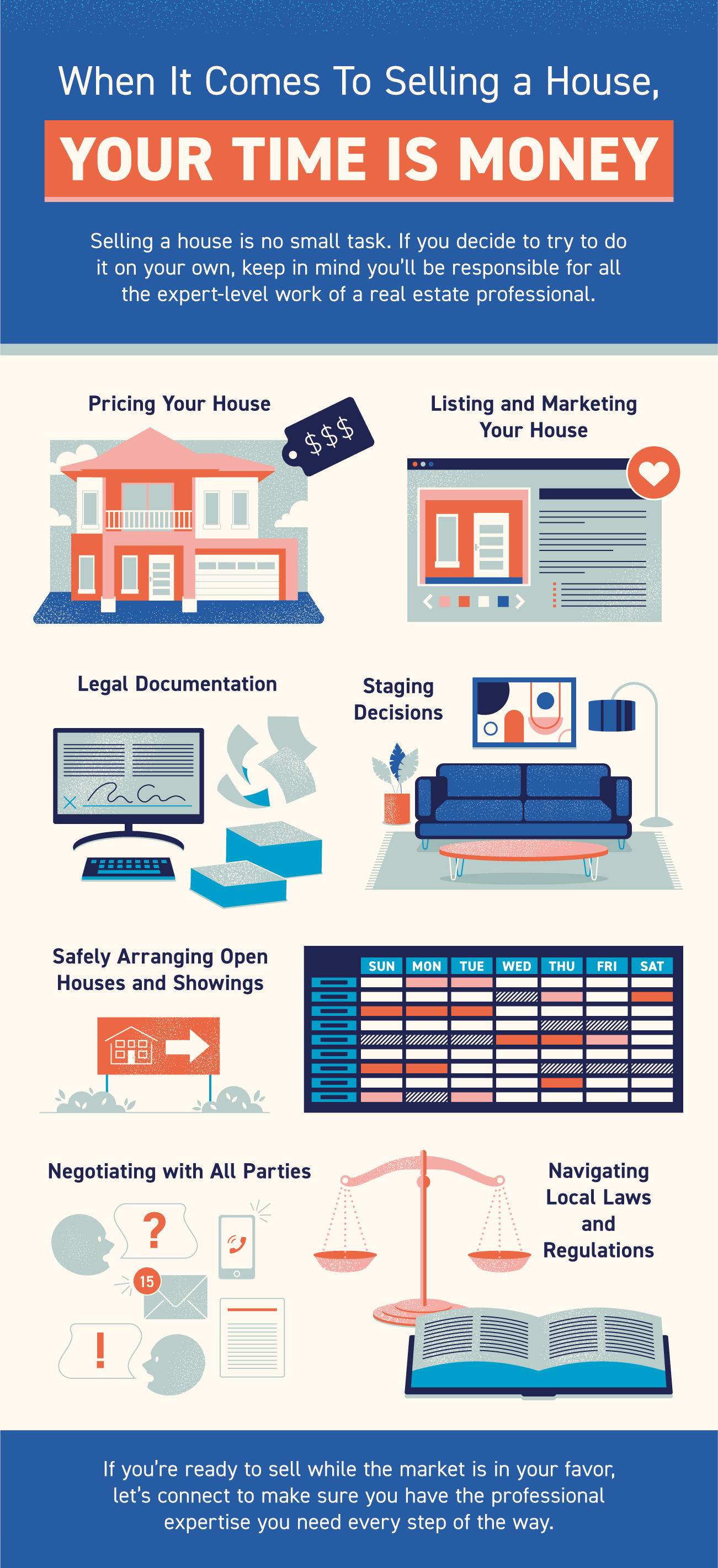Its Not Too Late To Apply For Forbearance
Over the past year, the pandemic made it challenging for some homeowners to make their mortgage payments. Thankfully, the government initiated a forbearance program to provide much-needed support. Unless they're extended once again, some of these plans and the corresponding mortgage payment deferral options will expire soon. That said, there's still time to request assistance. If your loan is backed by HUD/FHA, USDA, or VA, you can apply for initial forbearance by June 30, 2021.
Recently, the Consumer Finance Institute of the Federal Reserve Bank of Philadelphia surveyed a national sample of 1,172 homeowners with mortgages. They discussed their familiarity with and understanding of lender accommodations that might be available under the Coronavirus Aid, Relief, and Economic Security (CARES) Act. The results indicate that some borrowers didn't take advantage of the support available through forbearance:
Most borrowers who had not used forbearance during the pandemic reported that it was because they simply did not need it. However, among the remainder, a lack of understanding about available accommodations may also be playing a role. Around 2 out of 3 in this group reported not seeking forbearance because they were unsure or pessimistic about whether they would qualify even though a high fraction of borrowers are eligible for forbearance under the Coronavirus Aid, Relief, and Economic Security (CARES) Act.
Here are some of the reasons why those borrowers didn't opt for forbearance:
- They were concerned forbearance may be costly
- They didn't understand how to request forbearance
- They didn't understand how the plans worked and/or whether they would qualify
If you have similar questions or concerns, the following answers may ease your fears.
If youre concerned forbearance may be costly:
The Consumer Financial Protection Bureau (CFPB) explains:
For most loans, there will be no additional fees, penalties, or additional interest (beyond scheduled amounts) added to your account, and you do not need to submit additional documentation to qualify. You can simply tell your servicer that you have a pandemic-related financial hardship.
Its important to contact your mortgage provider (the company you send your mortgage payment to every month) to explain your current situation and determine the best plan available for your needs.
If you're not sure how to request forbearance:
Here are 5 steps to follow when requesting mortgage forbearance:
- Find the contact information for your servicer
- Call your servicer
- Ask if you're eligible for protection under the CARES Act
- Ask what happens when your forbearance period ends
- Ask your servicer to provide the agreement in writing
If you don't understand how the plans work and/or whether you will qualify:
This is how the Consumer Financial Protection Bureau (CFPB) explains the program:
Forbearance is when your mortgage servicer or lender allows you to pause or reduce your mortgage payments for a limited time while you build back your finances
Forbearance doesn't mean your payments are forgiven or erased. You are still obligated to repay any missed payments, which, in most cases, may be repaid over time or when you refinance or sell your home. Before the end of the forbearance, your servicer will contact you about how to repay the missed payments.
The CFPB also addresses who qualifies for forbearance relief:
You may have a right to a COVID hardship forbearance if:
- You experience financial hardship directly or indirectly due to the coronavirus pandemic.
- You have a federally backed mortgage, which includes HUD/FHA, VA, USDA, Fannie Mae, and Freddie Mac loans.
For mortgages that are not federally backed, servicers may offer similar forbearance options. If you are struggling to make your mortgage payments, servicers are generally required to discuss payment relief options with you, whether or not your loan is federally backed.
Bottom Line
Like many Americans, your home may be your biggest asset. By acting quickly, you might be able to take advantage of critical relief options to help keep you in your home. Even if you tried to apply at the beginning of the pandemic and it for some reason didn't work out, try again. Contact your mortgage provider today to determine if you qualify. If you have additional concerns, lets connect to answer your questions and determine if there are other mortgage relief options in our area as well.









